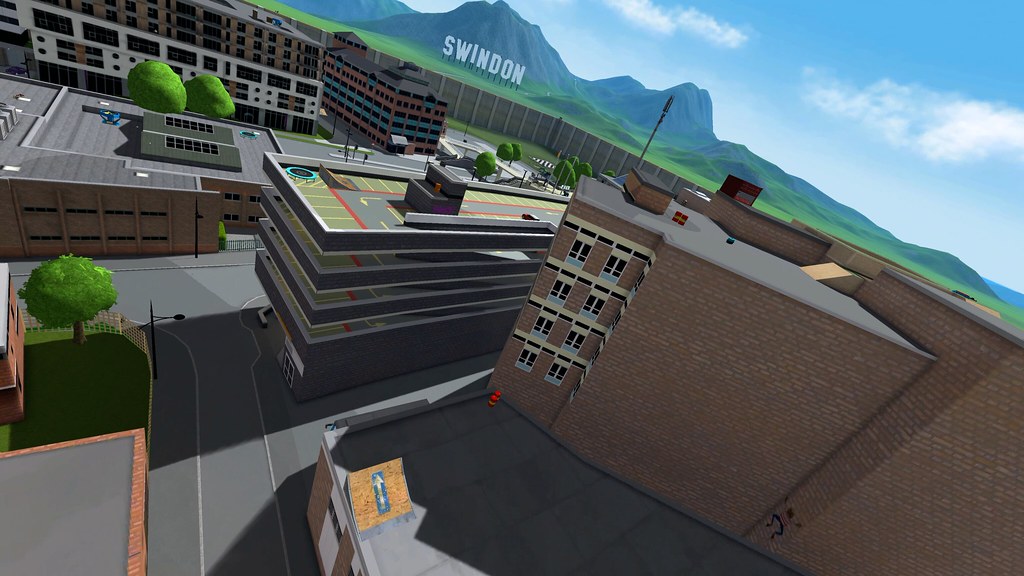
This higher moisture content is also likely to explain why thrush (a fungal disease that thrives in a moisture-rich environment) almost always originates in the frog.

This is also possibly why the moisture content of the frog at 50 percent is higher than the rest of the hoof at 30 percent on average. I say lower two-thirds of the hoof wall because that upper third of the hoof wall is attached to the coffin bone (P3) and does not distort.Īs a scent gland, I don’t know what to say except that those pockets of white matter sometimes found when trimming a frog are actually secretions and not infections or abscesses. In terms of hoof wall distortion, the frog is helpful because while the lower two-thirds of the hoof wall can move and distort, the frog does not move and so it can be very helpful in identifying distortion from that bottom of the hoof view. The attachment of the deep flexor tendon to the coffin bone is directly under Duckett’s Dot is one valuable example. Keeping this reference in mind when trimming the hoof and fitting the shoe is a game-changing aid on many levels, especially when considering the proximity of other important structures to that point. 2) and serves as an external reference to the center of the coffin bone, and as such is the center of the skeletal base in the leg when fully loaded. This landmark, now known as Duckett’s Dot, is a point three-eighths of an inch back from the tip of the trimmed frog (Fig. A British farrier now residing in Pennsylvania, Dave Duckett FWCF, introduced a hoof landmark to the American Farriers Association convention in 1988. Add to that the fact that the frog is often suspended by heels that are too high, and migrating toward the toe of that hoof further concentrating the ground-reaction forces.Īs a visual landmark for hoof balance and skeletal support, the frog is indispensable.

If the frog is taking none of the impact, the heels are stressed more upon landing. It does this by dissipating and redirecting those forces to other structures such as the digital cushion (within the hoof), and the lateral cartilages, which can be palpated above the hoof in the lower pastern just above the hairline and extend distally into the hoof cavity from that point.Īnother aspect of a suspended frog is heel bruising. In cushioning the impact of hoof meeting earth, the frog serves to soften the downward forces of the bony column. 2: Duckett's Dot, shown as the black dot three-eighths of an inch back from the tip of the trimmed frog, is the external reference to the center of the coffin bone. 1: The frog, the triangular structure on the underside of the hoof, is a traction device, a cushioning medium and even a scent gland.

In my mind, this natural traction benefit raises some reconsideration of where we put grabs on the horseshoe. I apologized to the trainer afterward for having slowed his horse down for so long. One of my early experiences with barefoot racing turned a 1:57 trotter into a 1:54 trotter. There can be no denying the benefit some horses gain from going barefoot. Removing the shoe re-engages the frog which, in this situation, acts similar to human calluses. It has become so prolific that farriers need to schedule extra time on Mondays after a big multi-heat race card just to put them all back on.Ĭertainly the loss of shoe weight is a factor, but always remember that a normal, perimeter-fit horseshoe disengages the frog either partially, or completely. In a multi-heat racing scenario, the go-to move is to remove the shoes for the final heat. It is a traction device, a cushioning medium, a terrific landmark of structures within the hoof, and believe it or not, a scent gland.Īs a traction device, the frog has no better testament than the enhanced performance of barefoot racing. Its orientation in the center of the hoof and unique shape (in contrast to the other parts of the hoof) naturally command the attention of any person viewing the bottom of a hoof (Fig. When viewing the bottom of a hoof, the eyes are drawn immediately to a focal point, the frog.


 0 kommentar(er)
0 kommentar(er)
